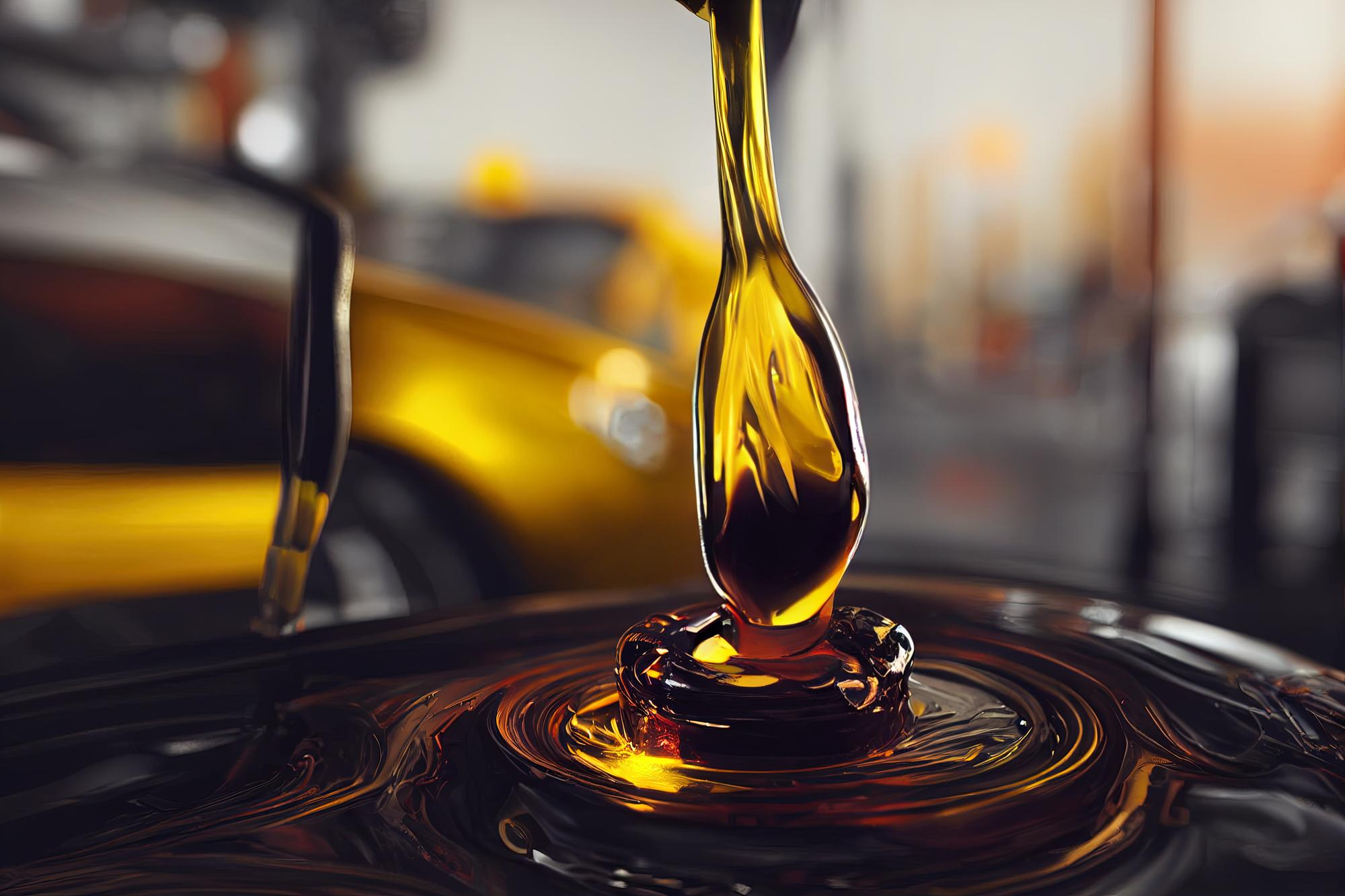If you’ve ever stood at a petrol station wondering “what colour is diesel?” you’re not the only one. In the UK, diesel isn’t just one shade, and the colour has nothing to do with quality. Instead, it’s all about tax, legality, and usage rules. Understanding the difference between red and white diesel could save you money, protect your vehicle, and keep you out of trouble with HMRC.
White Diesel: The Fuel for the Road
White diesel, sometimes called DERV (Diesel Engine Road Vehicle), is the standard fuel sold at petrol stations across the UK. It’s what keeps cars, vans, lorries and other road vehicles moving. Despite its name, it isn’t truly white. Depending on the supplier, it usually appears clear, pale amber, or slightly greenish.
Because it’s taxed at the full road fuel duty rate, it’s more expensive than red diesel. But it’s the only legal option for road vehicles.
Red Diesel: Cheaper but Restricted
Red diesel, officially known as gas oil, is almost identical to white diesel in terms of chemical makeup. The only difference is the addition of a strong red dye and chemical markers, which make it instantly recognisable. The dye isn’t for show — it’s there to stop people dodging fuel duty by using rebated diesel on the roads.
Traditionally, red diesel was used across many industries, but since April 2022, its use has been heavily restricted. Today, it can only be used in sectors such as agriculture, forestry, fish farming, rail transport, and certain types of heating and marine use. Everyone else must buy white diesel, even if their vehicles never touch a public road.
Why Diesel Has Different Colours
The colouring system is designed purely for tax enforcement. The dye in red diesel, along with chemical markers such as Solvent Yellow 124, makes it very difficult to disguise. Even when tanks are drained, traces of the dye can linger for weeks, meaning HMRC inspectors can still detect misuse during roadside checks.
Trying to remove the dye is known as “fuel laundering” and is a serious criminal offence.

What If You Use the Wrong Diesel?
Using red diesel in a road vehicle is illegal, and HMRC takes it seriously. Offenders risk fines, vehicle seizure, and even prosecution. If you accidentally fill up with the wrong fuel, the safest thing to do is avoid starting the engine and call a specialist fuel drain service.
It’s also worth noting that even after switching back to white diesel, the dye can stain tanks, pipes, and filters. HMRC’s testing equipment is designed to pick up on these faint traces, so past misuse doesn’t simply vanish.
Are There Other Diesel Colours in the UK?
While red and white are the two main types, you may come across other colours in conversation. For example, AdBlue is a blue liquid used in modern diesel vehicles to reduce emissions, but it isn’t a fuel. Some white diesel has a greenish tint, depending on additives used by suppliers. Abroad, other colours such as green or purple may be used for rebated fuels, but in the UK, diesel is strictly classified as red or white.
Red vs White Diesel: A Quick Comparison
Although the two fuels are chemically similar, their legal uses are worlds apart. White diesel is for everyday road use, while red diesel is restricted to specific off-road and heating purposes. The difference in colour makes it clear which is which — and ensures the rules are easy to enforce.
FAQs About Diesel Colours in the UK
Is white diesel really white?
No, it’s usually clear or amber, sometimes with a green tint. The term “white” simply distinguishes it from red diesel.
Can red diesel damage my vehicle?
Not directly, since it’s the same fuel. The problem is legal, not mechanical.
Why does red diesel stain tanks?
The dye is designed to cling, making it very difficult to hide misuse.
Who can still legally use red diesel?
Farmers, foresters, rail operators, fish farms, and some heating or marine users. Most other industries lost access after April 2022.
Is it legal to remove the dye?
No. Fuel laundering is illegal and carries serious penalties.
Final Thoughts
So, what colour is diesel in the UK? For most people, it’s the pale amber or greenish shade of white diesel, the everyday road fuel. But for those working in agriculture or other exempt industries, red diesel is a cheaper, dyed alternative strictly limited to off-road use.
The colour itself doesn’t affect performance, but it does determine how, where, and by whom the fuel can be used. Stick to the right one, and you’ll avoid fines, protect your vehicle, and stay compliant with UK law.










